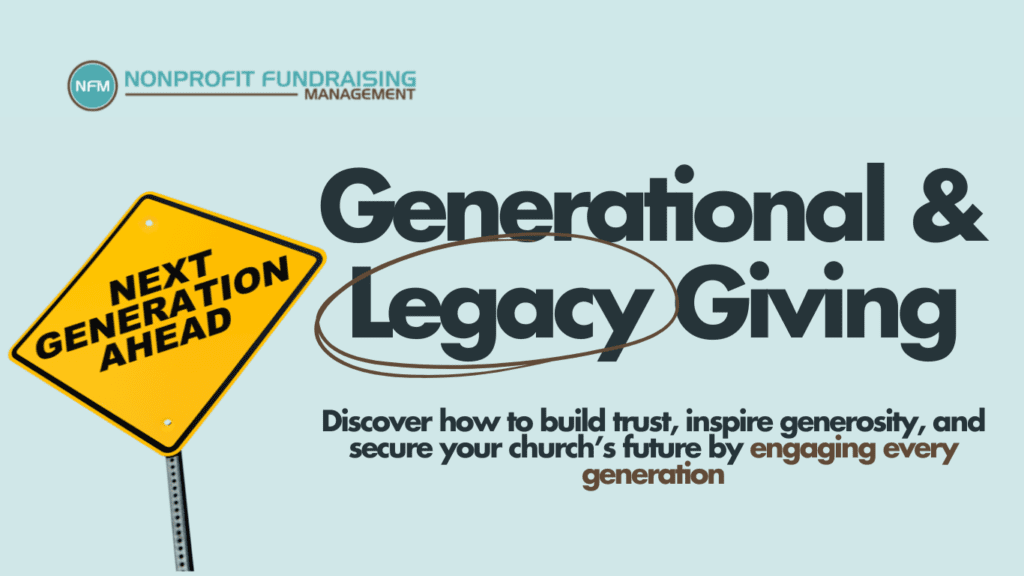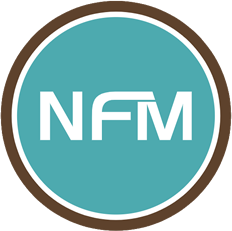
Are You Speaking to Every Generation in Your Church?
Imagine you’re sharing your church’s vision, but your younger members are scrolling through their phones, and your older congregants are nodding politely—but you know they’re not fully engaged. Frustrating, right? The truth is, different generations think about giving in different ways, and if you’re not speaking their language, you’re missing opportunities to secure lasting support.
The key to fixing this? Transparent communication, emotional storytelling, and legacy planning.
Generational Shifts: What You Need to Know
Your congregation isn’t one-size-fits-all. Here’s what’s really happening:
- Millennials and Gen Z: Digital-first, impact-driven, and highly visual. They don’t give out of tradition—they give when they see results. They want updates through emails, videos, and social media posts.
- Gen X and Baby Boomers: The financial backbone of your church. They’ve been giving faithfully for years but are now thinking about how to leave a legacy that lasts beyond their lifetime.
The challenge? Speaking to both groups in a way that feels authentic and inspiring.
Step 1: Build Trust with Transparency
Transparency is your foundation for building trust. But what does that actually look like?
- For Younger Members:
Share updates on how their donations are making an impact. Use social media and one-page reports that are visually appealing and easy to skim. Think: pie charts showing percentages and photos of real people being helped. - For Older Members:
Provide detailed financial breakdowns in reports or church meetings. They want to see that their lifelong support is being managed responsibly.
Action Tip: Start with a simple Annual Impact Report. Even a two-page summary that shares stories and data can build trust across all generations.
Step 2: Inspire Action with Stories
Numbers inform, but stories move hearts.
- Instead of saying, “We raised $50,000 for the youth program,” introduce a story like this:
“A single mom shared that because of the church’s scholarship fund, her son is the first in their family to go to college.”
This brings your ministry’s impact to life, showing the real-world difference their contributions make.
Why It Works: Younger members connect with the visuals and emotional pull. Older members feel reassured that their giving is creating tangible change.
Step 3: Prepare for the Future with Legacy Giving
Legacy giving isn’t just for the wealthy—it’s for anyone who wants to leave a lasting mark.
- Start the Conversation: Ask, “How would you like to be remembered?”
- Host a Legacy Sunday: Invite members to learn about estate planning in a trusted, faith-based setting.
- Share Success Stories: Highlight members who’ve left legacy gifts and the incredible impact they’ve had.
Even Millennials are starting to think long-term. Planting the seed now can bear fruit for generations.
Practical Steps to Engage Both Groups
- For Younger Members:
Post videos on social media showcasing the stories behind your ministry. Add QR codes to your bulletins for easy mobile giving. - For Older Members:
Send personal letters or host in-person events where they can hear directly from ministry leaders.
How Strong Is Your Communication Strategy?
Take this quick quiz:
- Are you sharing annual reports or impact reviews?
- Do you share stories that connect emotionally?
- Have you introduced legacy giving in a way that feels approachable?
If you’re unsure about any of these, don’t worry—it’s never too late to start.
Your Roadmap to Stronger Donor Relationships
Transparency, storytelling, and legacy planning aren’t just buzzwords—they’re the building blocks for a church that grows today and secures its future.
Ready to dig deeper?
In this video, Paul Hosch walks you through practical ways to connect with every generation and build lasting donor relationships.
Let’s make sure your ministry thrives for years to come.
